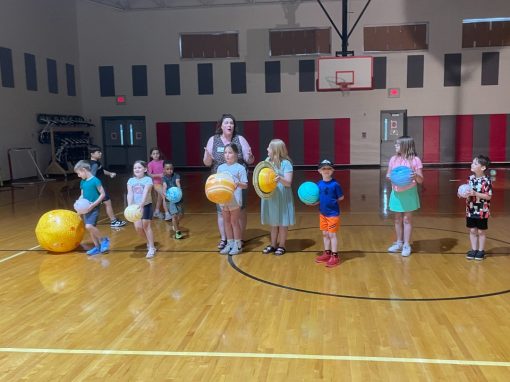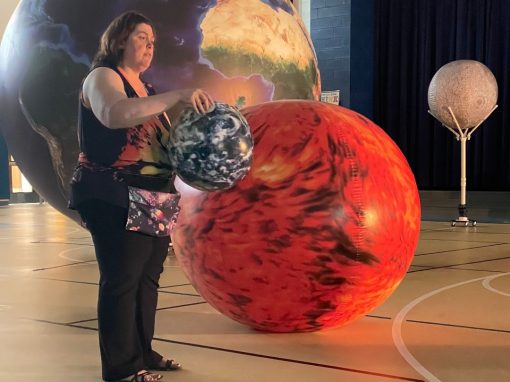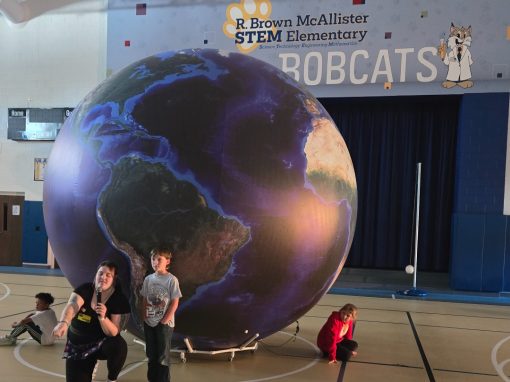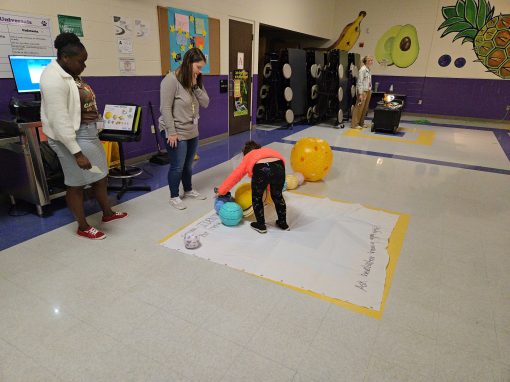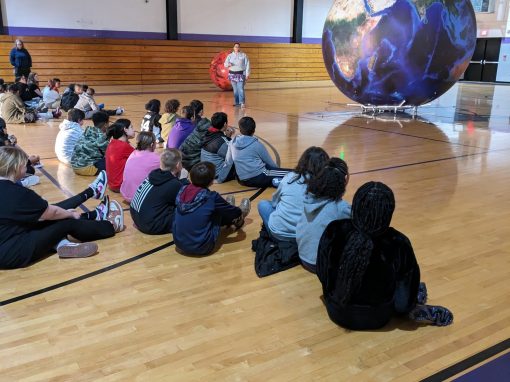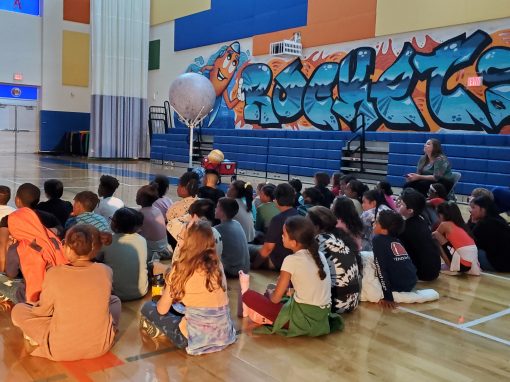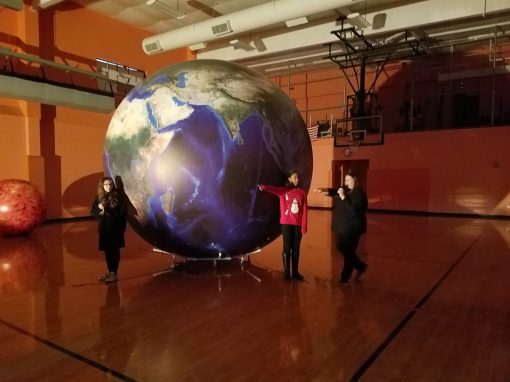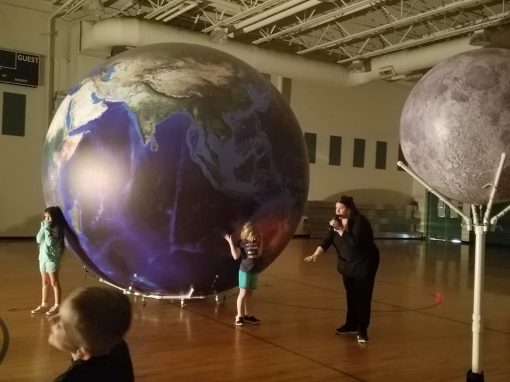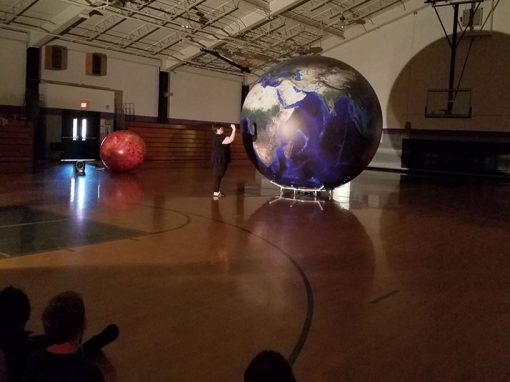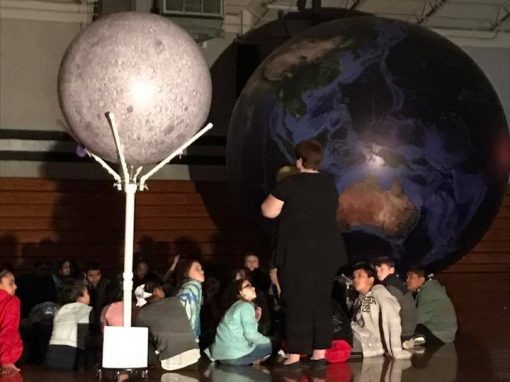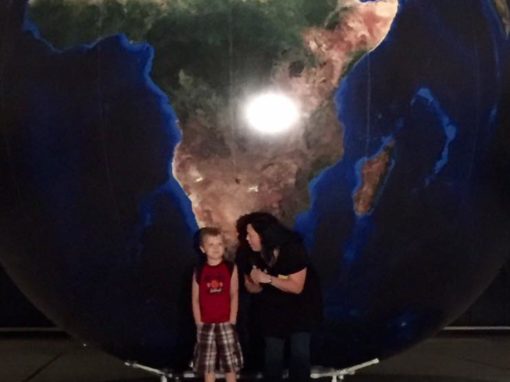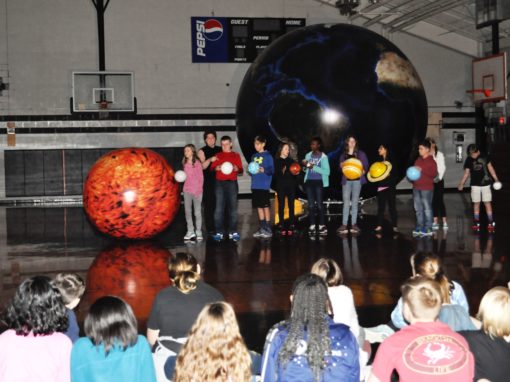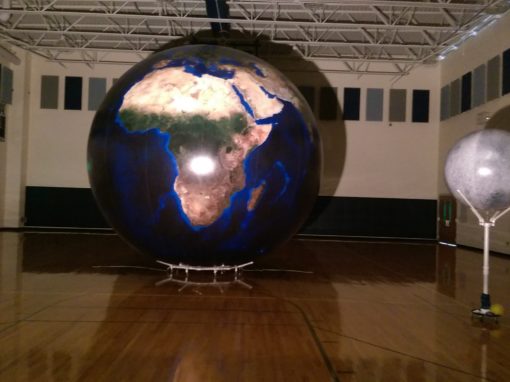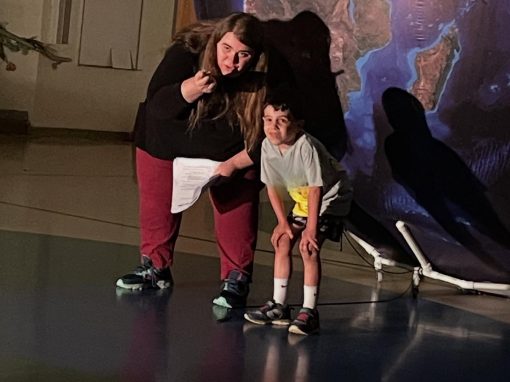
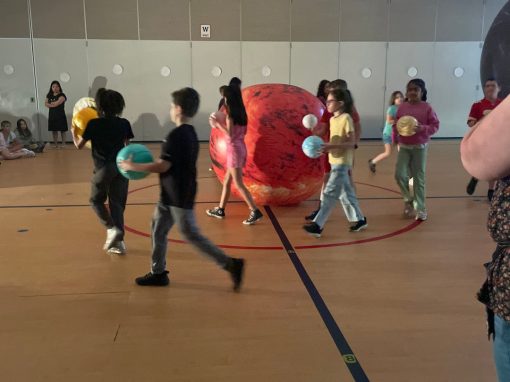
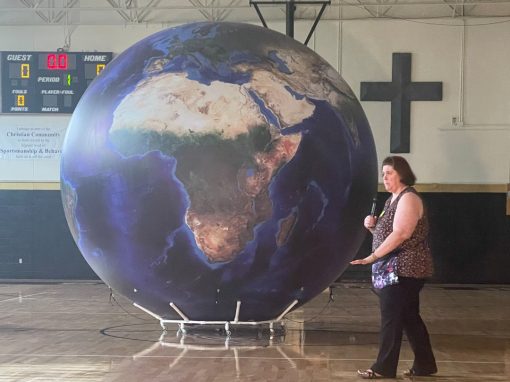
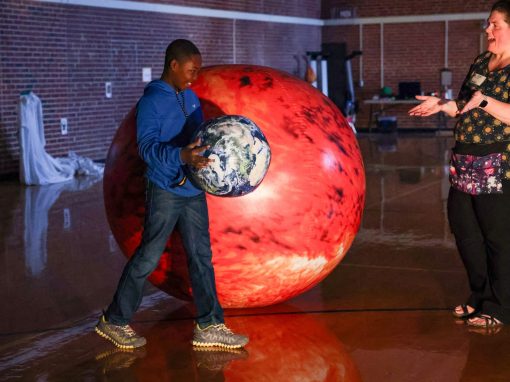
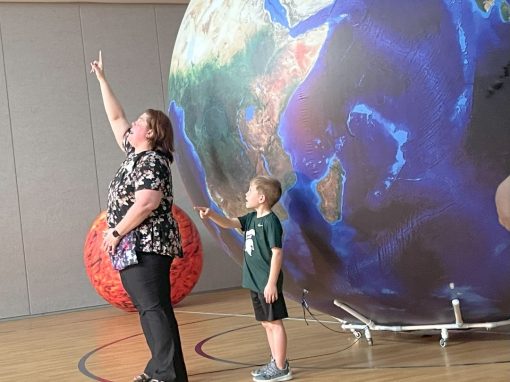
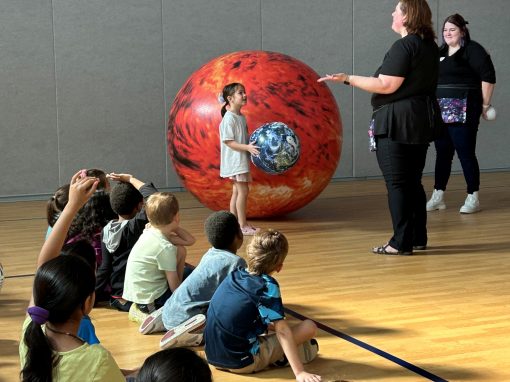
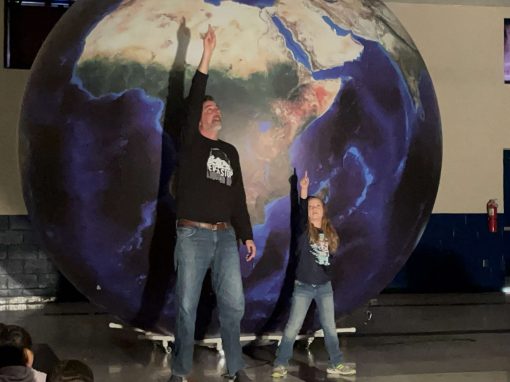
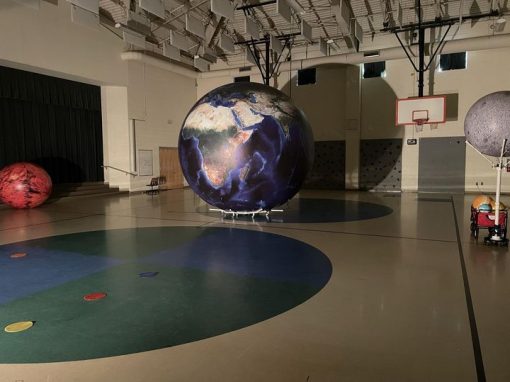
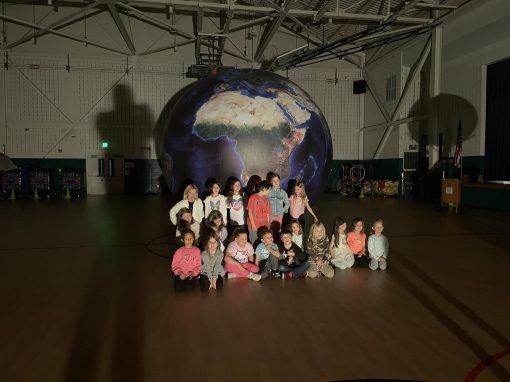
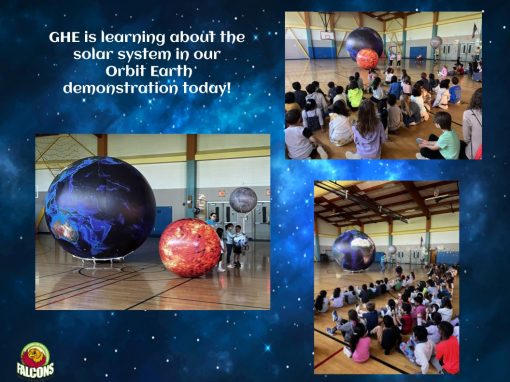
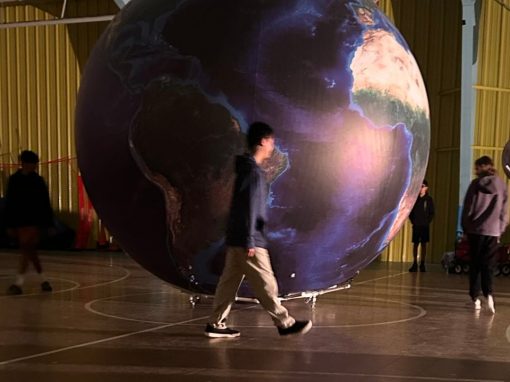
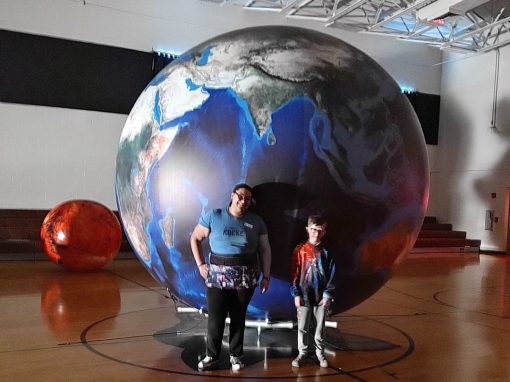
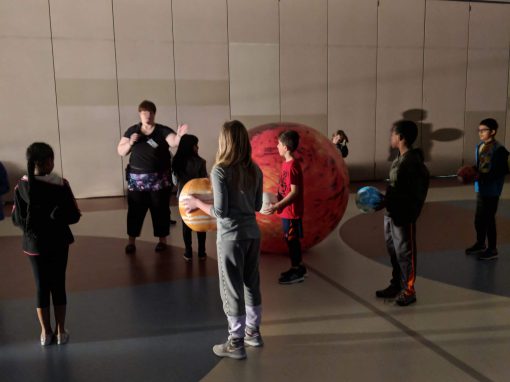
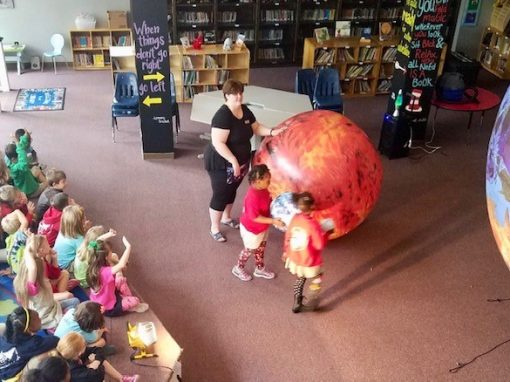
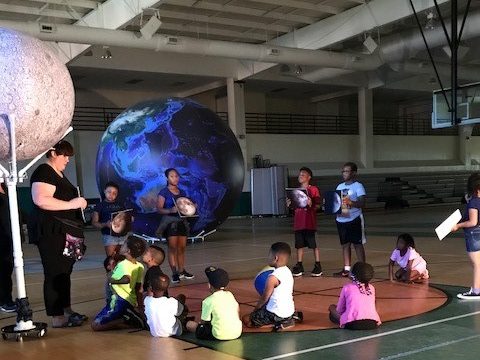
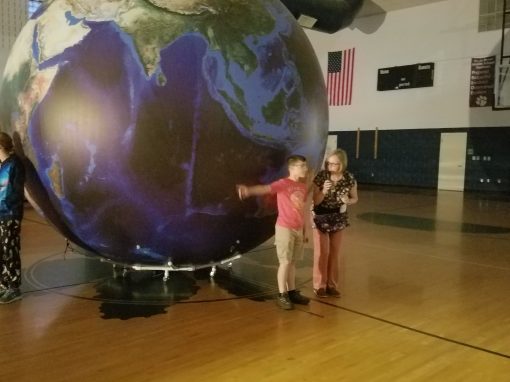
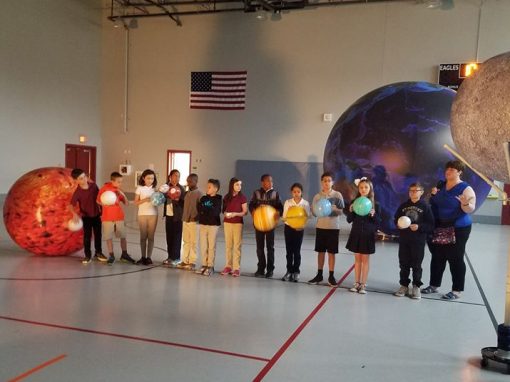
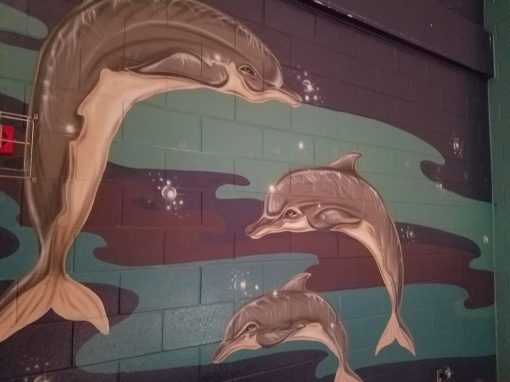
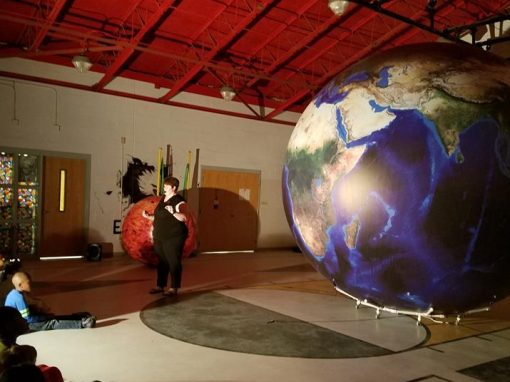
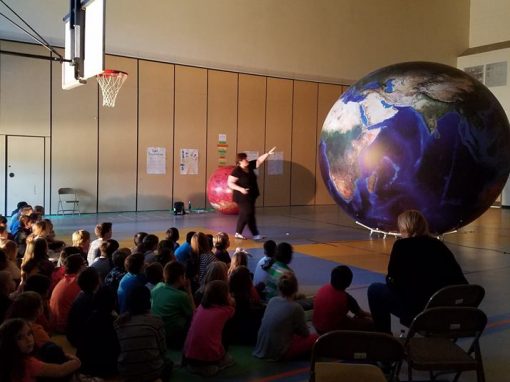
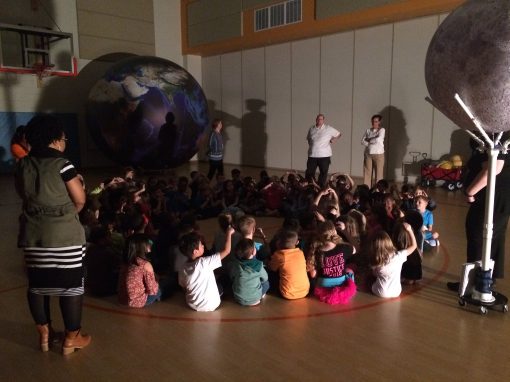
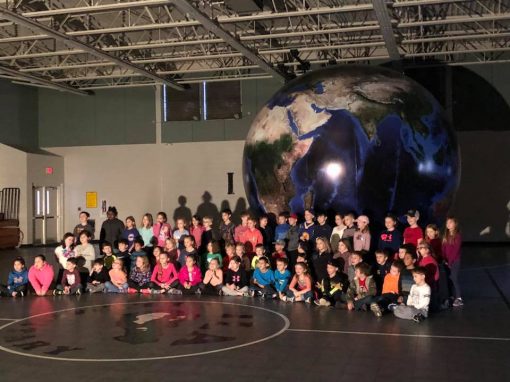

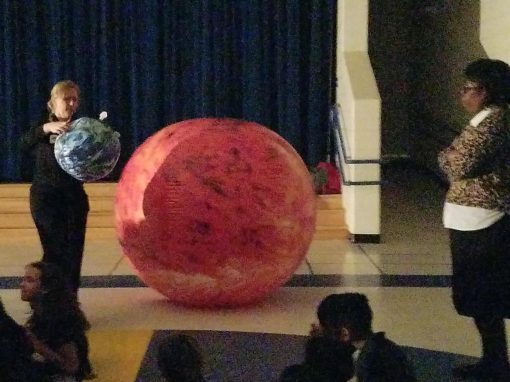
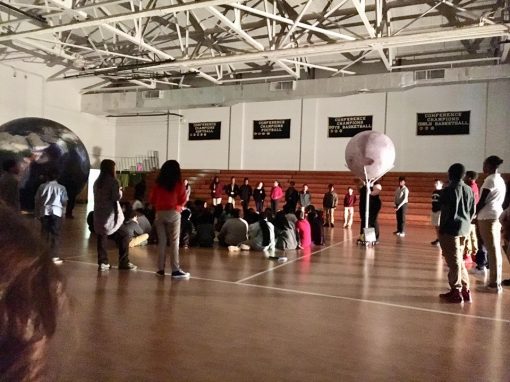
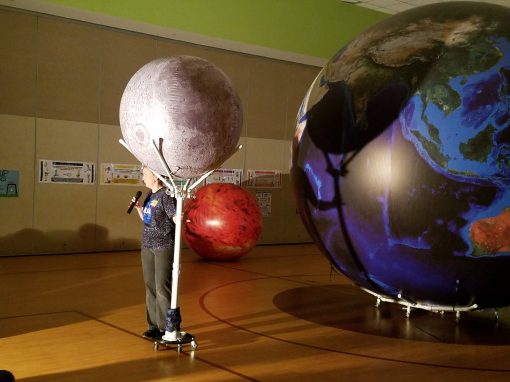
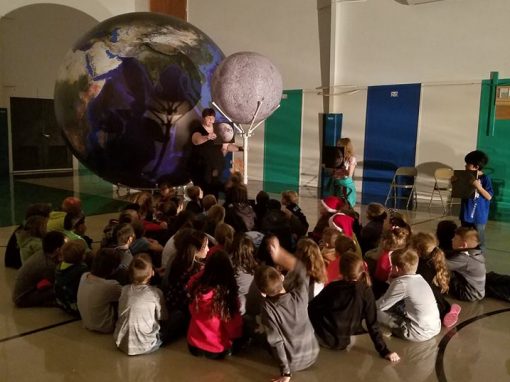
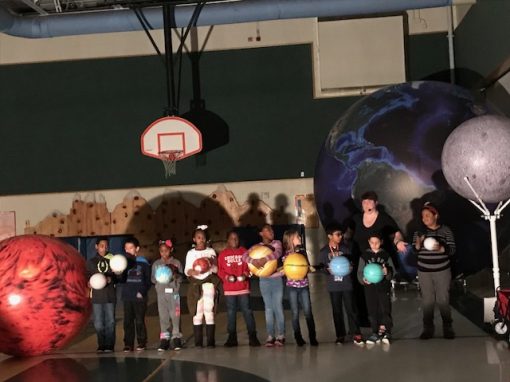
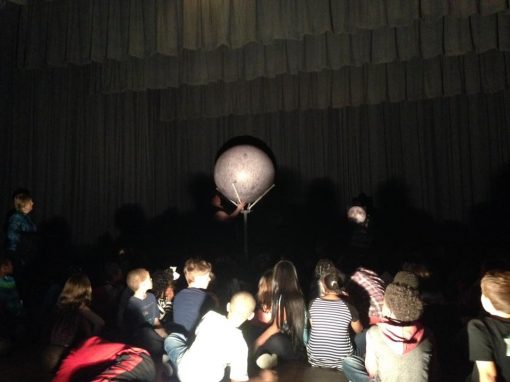
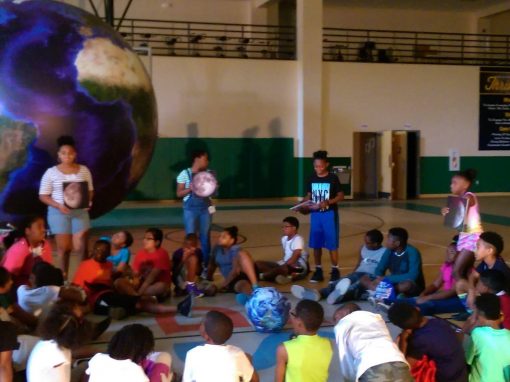
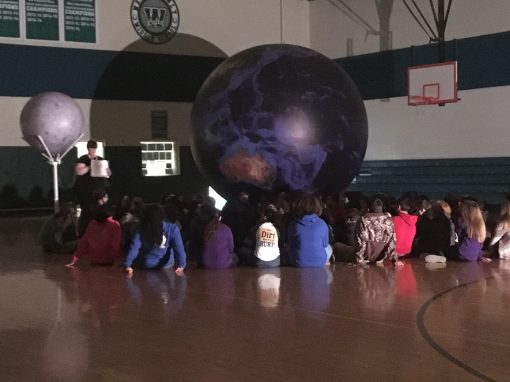
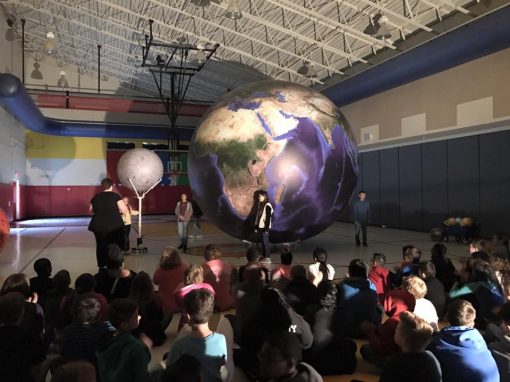
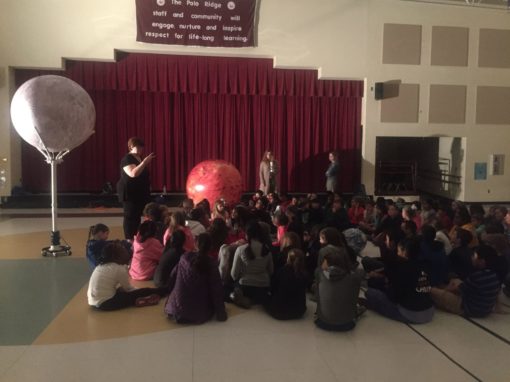
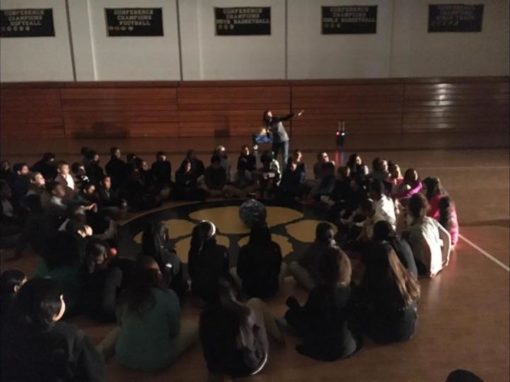
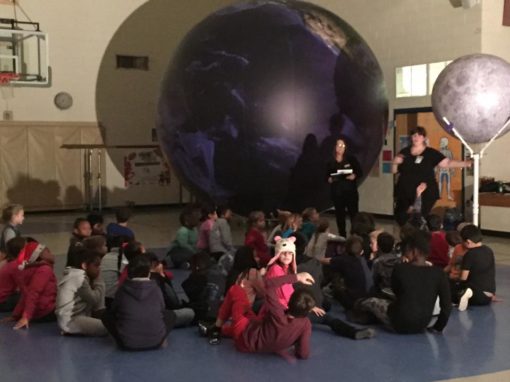
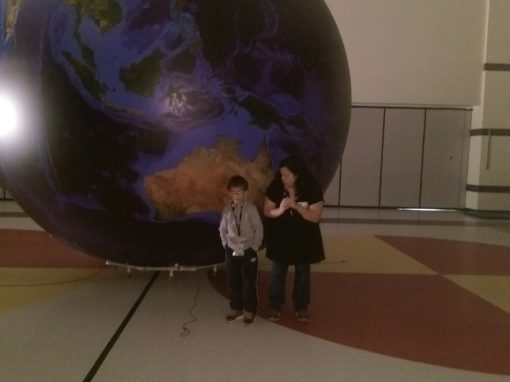
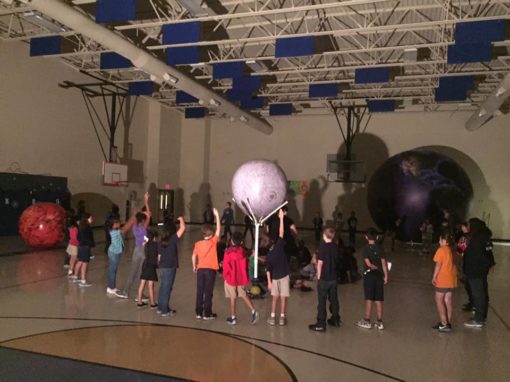
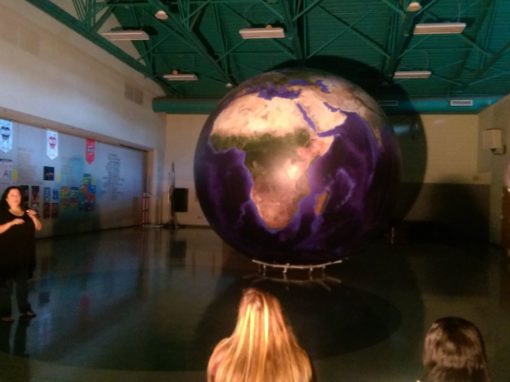
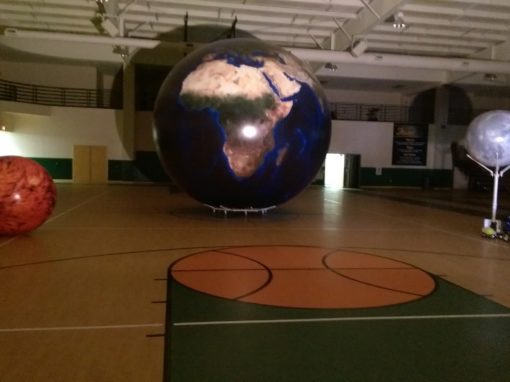
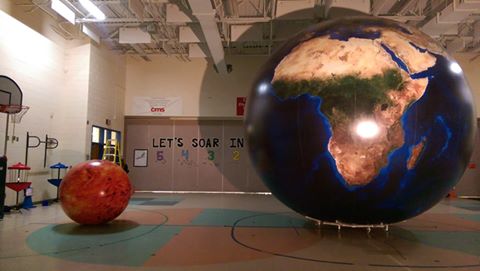
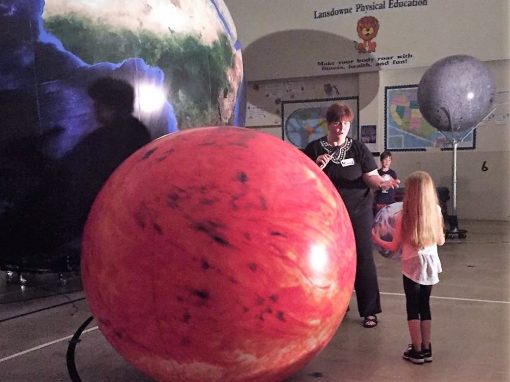
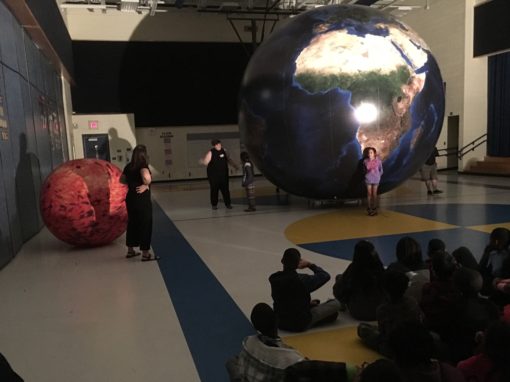
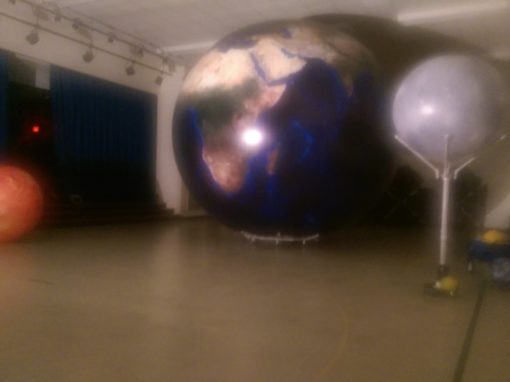
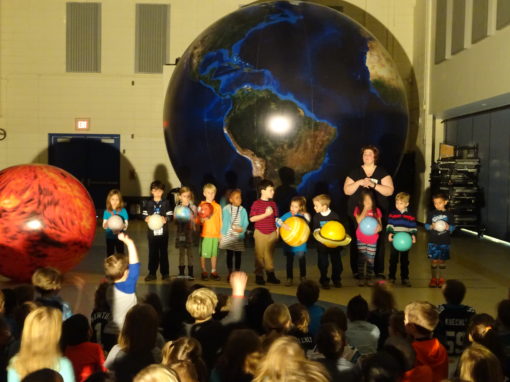
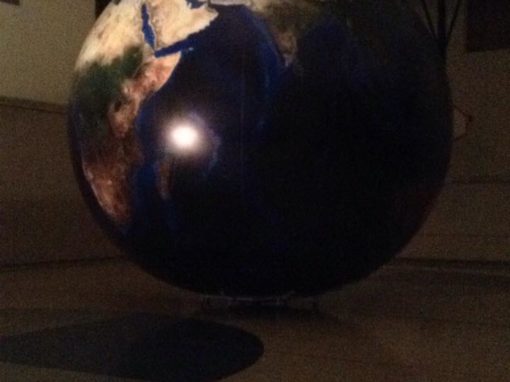
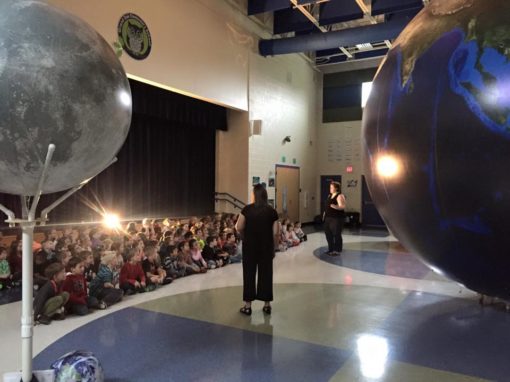
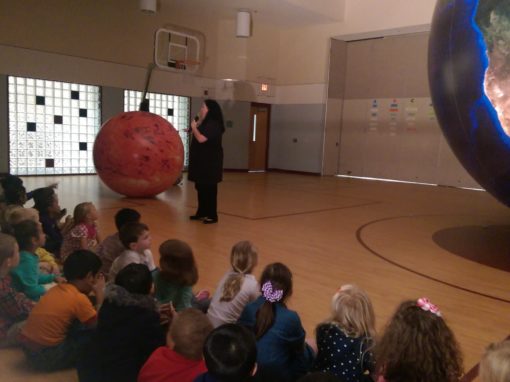
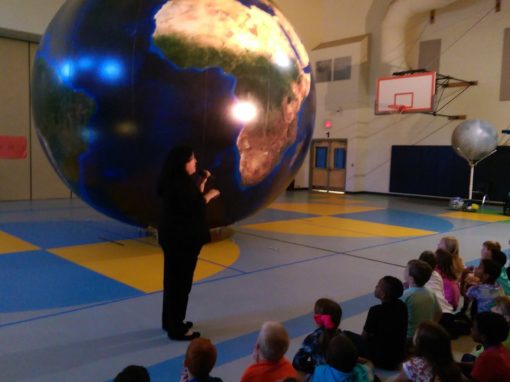
 |
Pete DunlapIN & KY & OH Lead Teacher: Orbit Earth Expo Pete Dunlap lives in beautiful Dayton, Ohio. He earned his Bachelor of Science in Education from Ohio University and a Master’s Degree in Education from the University of Dayton. Pete’s fifteen years in education included nine years teaching elementary and middle school science, and six years as a high school principal. Pete is the founder of Better Learning Education, a publishing company that serves thousands of students every year, and Orbit Earth Expo Lead Teacher for Indiana, Ohio, and Kentucky. Pete’s favorite activities are attending Columbus Blue Jackets games with his wife and kids, hiking in the woods, and working in the garden. |
 |
Ellie FlessnerIL & IN & WI Lead Teacher: Orbit Earth Expo Ellie was born in Chicago Illinois and attended Oberlin College in Ohio, graduating with a concentration in education. With over a decade of teaching experience in half a dozen countries, Ellie has made it a mission to bring science (and joy!) into classrooms around the globe. Having taught at almost every level, from pre-k to Ph.D. candidates, Ellie is a firm believer in the power of sensory play and immersive learning as a tool to effectively instill a lifelong love of science for students. When Ellie isn’t pursuing their passion of educating the next generation of young scientists, you can find them working as an operations manager for a restaurant group in Chicago, as well as volunteering for numerous social justice causes. |
Students journey into space to create and experience the cycles, systems and relationships between the earth, moon and sun using our huge, inflatable Earth model and scale-sized moon. While interacting with the inflatable representations in a darkened gymnasium with a light to represent the sun, students manipulate the models to experience eclipses, seasonal/lunar cycles, creation of winds, day/night cycles, tides, rotation vs revolution, physical characteristics of the earth, moon and sun, gravity, order of the planets, seasons and more! The Orbit Earth Expo Program correlates to the state and grade level science objectives. There are different age-appropriate programs for each grade level.
